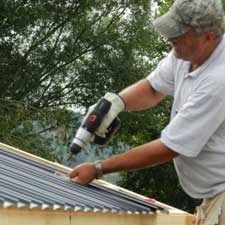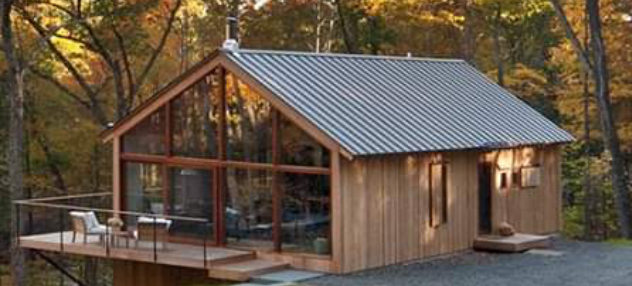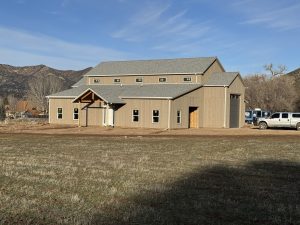Plastic Under Roof Steel?
Reader Loren is persistent, he wanted to ask a question in regards to placing plastic under roof steel to prevent condensation, however the wonderful world of technology was making it a challenge. Thinking – Loren emailed me directly.
Here are Loren’s own words:
“I’ve been trying to submit a question to the pole building guru for a while now with no success. Website keeps saying ‘invalid form’? So, I was hoping this email could find its way to Mike, I’d really like for him to weigh in on it. Thanks!
I’ve been scouring your blog for weeks now looking at how to handle water vapor and condensation in my soon to be garage. I know to use Tyvek or similar between the metal siding and purlins, my question is in regards to the roof. I plan to insulate the ceiling (most likely blown in) in the next year or two, so would a good heavy plastic (6 mil) between the roof metal and purlins work for my moisture barrier rather than the foil bubble insulation? Since I’ll have a finished/insulated ceiling and a well vented attic I was hoping to skip the insulative properties of the foil bubble and go straight plastic. Will that work in my case? Or would this even be a good application for the felt backed roof metal? I’ll also lay a well sealed plastic barrier under my slab. Thanks for all of your help via previous posts, just couldn’t find anything about using plastic under roofing. I’m trying to build this garage the right way, but also keeping budget in mind. Thanks again!”
Mike the Pole Barn Guru responds:
Technology is great, when it works. Thank you for the heads up on the error message, our IT team is working on a fix now.
 Plastic (visqueen) under your roof steel will not solve the condensation challenges. Instead you will have condensation on the underside of the visqueen. (to read up on the history of Visqueen and why not to use it under wall steel: https://www.hansenpolebuildings.com/2013/07/moisture-barrier/) In order to minimize (or ideally eliminate) potential condensation it requires airflow (vented eaves and ridge being the best combination) as well as a thermal break. While a reflective radiant barrier (aka – foil bubble, which is NOT insulation no matter how hard someone tries to convince you) will do the job as long as it has properly sealed overlaps and will be very cost effective, if it was my own building I would be looking at felt backed roof steel (Condenstop or Dripstop) due to the ease of installation.
Plastic (visqueen) under your roof steel will not solve the condensation challenges. Instead you will have condensation on the underside of the visqueen. (to read up on the history of Visqueen and why not to use it under wall steel: https://www.hansenpolebuildings.com/2013/07/moisture-barrier/) In order to minimize (or ideally eliminate) potential condensation it requires airflow (vented eaves and ridge being the best combination) as well as a thermal break. While a reflective radiant barrier (aka – foil bubble, which is NOT insulation no matter how hard someone tries to convince you) will do the job as long as it has properly sealed overlaps and will be very cost effective, if it was my own building I would be looking at felt backed roof steel (Condenstop or Dripstop) due to the ease of installation.
For more information on Condenstop: https://www.hansenpolebuildings.com/2014/07/condenstop/.
Make sure to order trusses with raised heels, so you get the full attic insulation thickness across the entire ceiling. Take desired R value, divide by three and add two to get the height of the truss heels.









